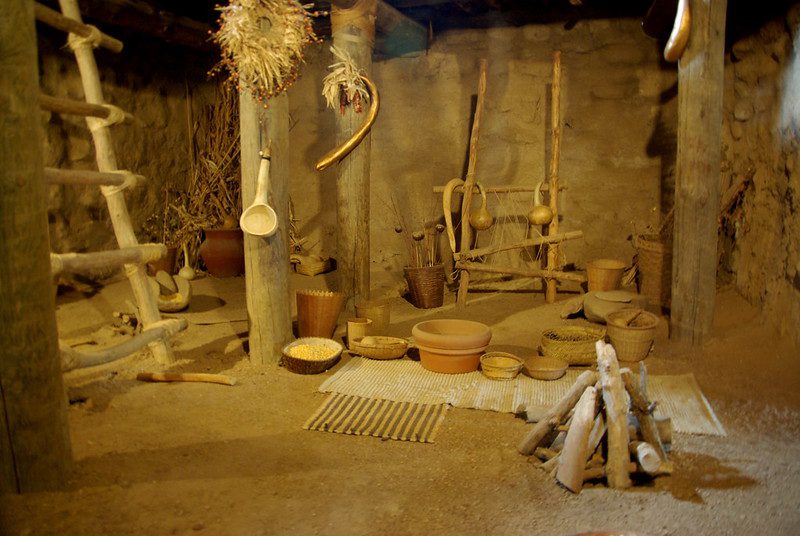The Hohokam civilization was one of the most advanced and enduring cultures of the American Southwest. They lived in the area that is now Arizona and parts of northern Mexico, from around 300 AD to 1450 AD. The Hohokam people were remarkable engineers, farmers, and artisans who developed complex societies and sophisticated technologies. Their legacy is still visible today in the form of elaborate irrigation systems, impressive architectural structures, and intricate pottery designs. In this article, we will take a closer look at the fascinating history and culture of the Hohokam civilization.

The Origins of the Hohokam Civilization:
The Hohokam people were descendants of the ancient Sonoran Desert cultures. They emerged as a distinct civilization around 300 AD, and their population grew rapidly over the next few centuries. The Hohokam built extensive trade networks, established complex societies, and developed innovative technologies.
The Hohokam Way of Life
The Hohokam people were skilled farmers who relied on a sophisticated system of irrigation canals to grow crops in the arid desert environment. They also had a rich cultural life that included music, dance, and storytelling. The Hohokam were organized into complex societies that had hierarchical structures, with powerful leaders and specialized craftsmen.
Hohokam Agriculture and Irrigation
The Hohokam developed an elaborate system of canals that brought water from rivers and streams to their fields. The canals were often several miles long and required precise engineering and maintenance. The Hohokam also developed innovative farming techniques, such as using floodwater to fertilize their fields and planting crops in raised beds.
Hohokam Architecture and Art
The Hohokam were skilled architects who built impressive structures such as ball courts, platforms, and adobe houses. They also created intricate pottery designs, using local clays and paints. The Hohokam were known for their red-on-buff pottery, which is still prized by collectors today.
The Decline and Legacy of the Hohokam Civilization
The Hohokam civilization declined in the 14th and 15th centuries, possibly due to a combination of environmental factors, social unrest, and outside pressures. However, their legacy lives on in the impressive architectural structures, sophisticated irrigation systems, and intricate pottery designs that they left behind. Today, the Arizona tribes who are descendants of the Hohokam people still live in the American Southwest and continue to celebrate and preserve their rich cultural heritage.
Conclusion
The Hohokam civilization was a remarkable and enduring culture that left a lasting legacy in the American Southwest. Their innovative technologies, sophisticated societies, and intricate artworks continue to inspire and fascinate people today. The Hohokam people were skilled engineers, farmers, and artists who lived in harmony with their environment and created a rich cultural tradition that still endures. While the Hohokam civilization declined centuries ago, their legacy lives on in the form of the impressive ruins and artifacts that have been discovered and preserved by archaeologists and historians. The story of the Hohokam civilization is a testament to the resilience and creativity of human beings, and it continues to be a source of wonder and inspiration for people around the world.
FAQ
The meaning of the word “Hohokam” is not clear, but it may be a Pima word meaning “those who have vanished.”
There are many Hohokam ruins and artifacts that can be seen today in museums and archaeological sites throughout the American Southwest, particularly in Arizona.
- Sacred Cacti: The Spiritual Uses of Peyote and San Pedro - June 18, 2024
- Mel’s Diner in Phoenix, AZ: A Nostalgic Journey Through Time - June 12, 2024
- The Hopi Prophecy: Ancient Predictions for Modern Times - May 22, 2024
